Smart Retail
Visualizing smart retail in the digital age
Smart retail, changing the shopping experience
Can you imagine today's world without online shopping? Probably not! This is where the increasing importance of smart retailing becomes apparent. In fact, the smartness of retail sales is an approach that considers new technologies, especially the Internet of Things (IoT), as factors that improve the quality of life of consumers and provide them with better, faster, safer, and smarter shopping.
In this article, we examine the fundamental concepts of smart retailing and its effectiveness on customers as well as retailers.
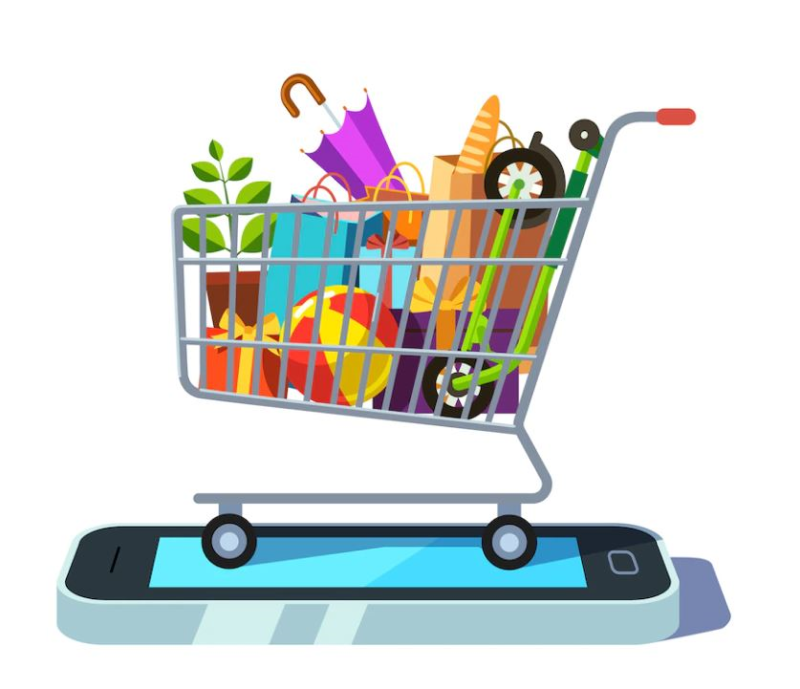
What is smart retail?
Smart retailing refers to the combination of traditional shopping methods and smart new technologies. To do this, they use the latest Internet of Things (IoT) technologies such as smart shopping carts, video cameras, sensors, lights, and Big Data analysis software. As a result, consumers will enjoy a more personalized, faster, and smarter purchasing experience.
The side effects of smart retail sales
While the features and benefits of smart retailing have indeed revolutionized sales and marketing processes, it remains to be seen how this latest industrial revolution will affect the workforce and supply chain. Read on to find out!
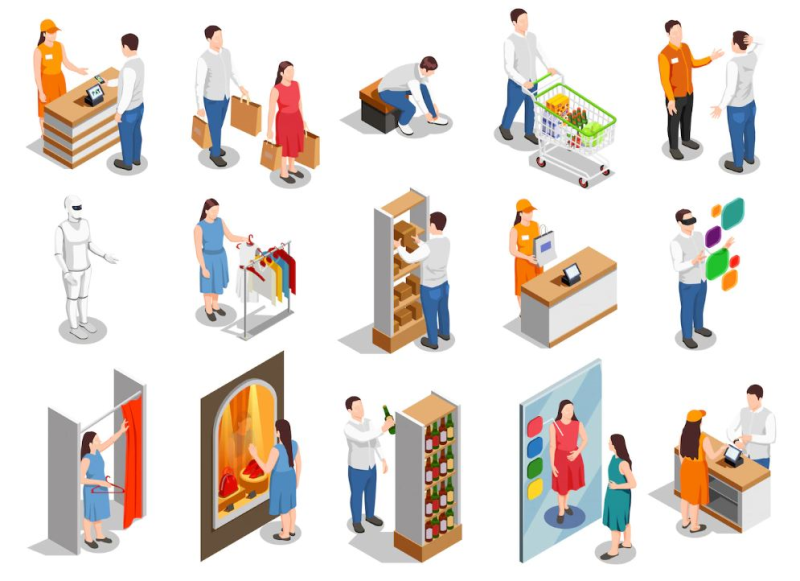
• Changing the skills of the workforce
With the implementation of Internet of Things (IoT) technologies in the retail industry, the processes in this field cannot undergo a huge revolution unless they also affect the workforce in some way. Just like in previous industrial revolutions, the role of manpower has changed. As employees move away from physical work and into technical support, they need to learn technical skill sets.
• Adaptation of the supply chain
Across the supply chain, from warehouse management to quality control and sales, increased technological integration has driven all-around adaptation. Since the majority of processes in a smart retailer are automated, other parts of the supply chain must be able to demonstrate and maintain the same degree of flexibility.
The value benefits of smart retailing
Smart retailing actually leads to the optimization of marketing and sales processes for supply chain, retailers, and consumers. However, many analysts are focused on more tangible benefits.
• Improving the shopping experience of customers and increasing sales
Smart shopping malls are new elements that have pushed people towards modern style. In such a way that this modern style has also had a wide impact on people's buying behavior. There are several methods to attract customers and increase sales. From discount and incentive plans to the use of modern Internet of Things (IoT) technologies such as RFID.
Radio identification (RFID) is actually a wireless identification system that is able to exchange data by communicating and receiving information from a reader and a tag attached to a product, object, card, etc.. By implementing this technology in shopping centers and stores, shelves, scales, shopping baskets, etc. are all smart.
Buyers put whatever they need from the shelves into their shopping carts. In the end, when the buyers pass in front of the cash register, their shopping cart will be scanned in an instant and the money will be paid through the phone or smart card of the buyers. In addition to facilitating and speeding up the purchase process for customers, this leads to increased sales and as a result, more income for business owners.
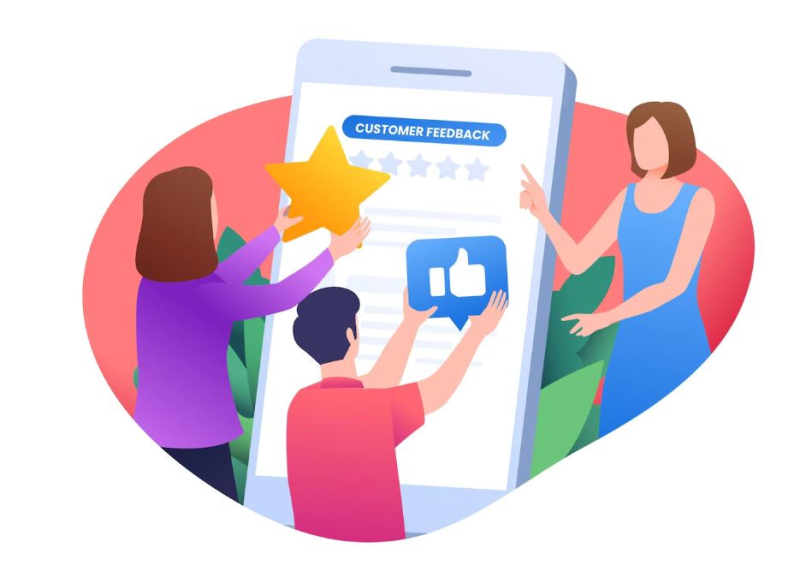
• Optimizing the time of employees
With the implementation of modern Internet of Things (IoT) technologies in the retail industry, many of the tasks of shopping centers and stores are done in a smart way. Therefore, employees can monitor the performance of other relevant tasks with more focus and precision.
• Real-time display of the amount of sales and inventory
As it was said, by making a store smart, the shelves will also be smart. So that the sensors embedded in the shelves send a notification to empty the shelves, and as a result, there is no need for employees to monitor the shelves regularly. On the other hand, when a new load of products is sent to the store, all of them are scanned in the shortest possible time; Because all of them are equipped with RFID technology.
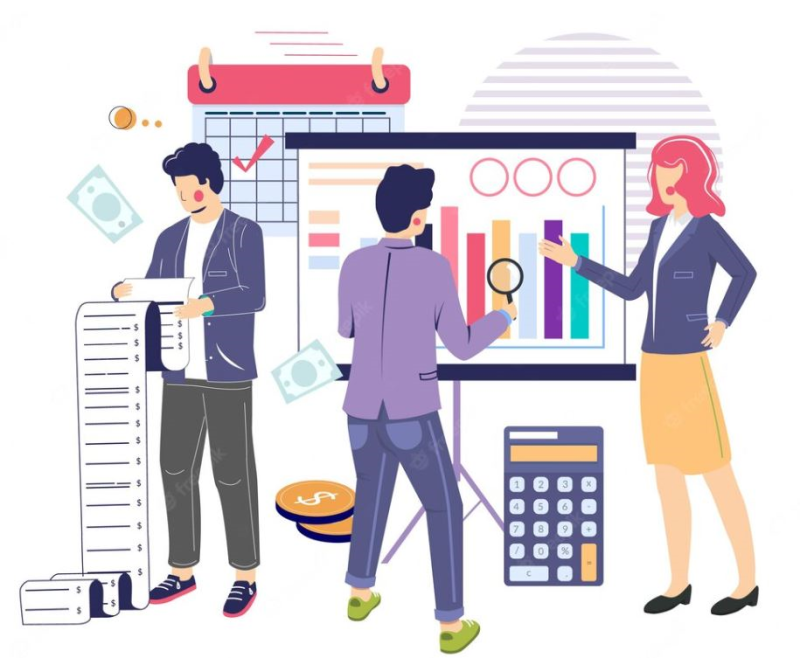
• Developing marketing strategies in line with customer preferences
By using Internet of Things (IoT) tools such as video cameras, sensors, and Big Data analysis software in shopping centers and stores, comprehensive information can be obtained about the number of customers, gender, age, and interests. By analyzing, analyzing, and comparing analytical data based on time frames and different data sources, it is possible to identify buyers' preferences and use them to develop targeted marketing and advertising strategies and improve sales results.
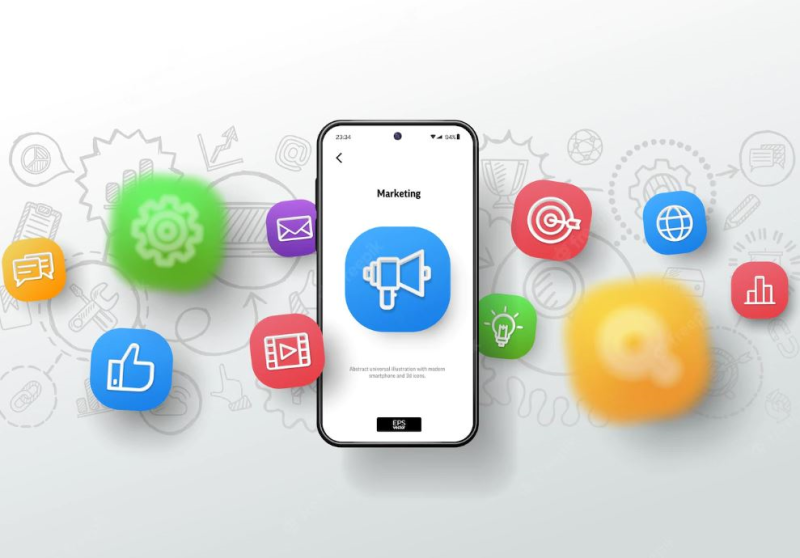
• Increasing security with the help of the Internet of Things (IoT)
In our digital age where information is easily accessible, data protection and information security have quickly become a full-blown industry. Smart retail is also inherently not exempt from this issue.
As mentioned earlier, RFIDs transmit information through antennas with the help of chips. The sensors in the surrounding environment receive this information. Among their most important advantages is helping to reduce the amount of theft and calculating the number of goods in the warehouse more quickly without the need for human resources.
• Advertising and instant interaction with customers
The effectiveness of the layout in stores and shopping centers, advertising tactics, and deployment of employees in order to increase the sales of products, profitability, and customer loyalty is not hidden from anyone. Therefore, Internet of Things (IoT) tools such as surveillance cameras and diagnostic sensors can be used to collect and process systematic data, track the buyer's location and analyze the time of stay, systematically visualize the buyer's behavior and product attractiveness. After that, store managers can present relevant advertisements to target buyers.
• Minimizing costs
Among the other advantages and facilities of smartening the stores, we can mention lighting, sound system and intelligent ventilation system which are done automatically. Therefore, while saving costs, fewer workers are needed to control the store.
• Risk management
Risk management can be extremely important in the retail industry. Data collection and analysis using Internet of Things (IoT) technologies plays an important role in determining which products are exposed to competitive risks or customers' purchasing patterns.
• Beacons and notification of special discounts to customers
Beacons are small wireless transmitters that use Bluetooth technology to send signals to nearby smart devices. Information is sent to devices accurately and quickly through these beacons. By using them, when customers go to buy a product, they can be informed of related discounts and special offers.
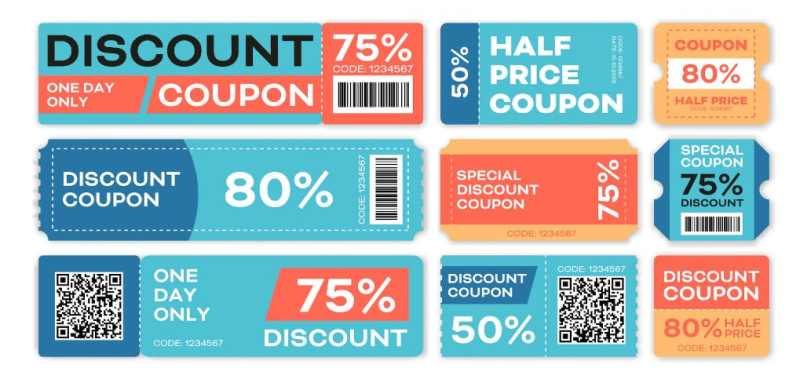
• Smart mirrors in retail stores
Smart mirrors are another example of Internet of Things (IoT) applications in retail smartness. By placing these mirrors in Peru's rooms, it is possible to read the information on the tags and barcodes of the clothes. As a result, the information related to the material, size, color, price, and stock of that clothing is available to the customer.
• Make customers happy with modern delivery service!
Tracking the purchased product after placing the order is another exciting application of the Internet of Things (IoT) in the retail industry. By providing this possibility, your customers will be able to receive the current location of their courier and know when exactly their order will reach them.

The IoTSmile platform and the smartness of retail sales
The retail industry is evolving rapidly. Innovative technologies, changing customer expectations, and emerging digital companies have made customers expect more from retailers and expect them to interact with them on a continuous basis. In the meantime, the IoTSmile smart platform as a user-friendly, cost-effective, and easy-to-install platform is the most suitable solution for providing interactive services in stores, shopping centers, and other retail stores.
Among the advantages that this platform brings to you are:
• Intelligent supply chain management
• Marketing strategies development
• Intelligent customer relationship management
• Smart management of staff efficiency
• Smartening the warehouse management system
• Development of a systematic model for increasing sales

In the end, we hope that we have been able to provide you with the right information by introducing and examining the advantages of smart retailing.
To receive advice and prepare any of the products, you can contact us by calling the numbers announced on the site, sending an email, or registering a ticket. Our colleagues are ready to answer and guide you.
References:
- Libelium: Smart Retail
- Netguru: Smart Retail Solutions That Change E-commerce-Sep 28, 2021
- Binarapps: Smart Retailing – what is the future of retail store technology?-March 23, 2021
- Blog.beaconstac:Retail 101: How to create a smart retail store-February 2, 2023
- Avnet: Accelerate your IoT success with Avnet
foundNothing

